Clinics and Morphology of the Diseases of Skin and Oral Mucosa (MUSZKK_025)
About Study Course
Objective
To provide knowledge of specific skin, perioral tissue and oral mucosa diseases, their causes, pathogenesis, clinical and morphological manifestation, treatment and prevention. To create understanding of the relationship between the changes in oral mucosa and the general state of health.
Prerequisites
To start study course (or semester) all previous assessments according to Study plan (D1) should be successfully passed.
Knowledge of oral anatomy and localisation names in Latin; normal skin and oral mucosae histology, diagnostic radiology, physiology, pathological morphology, microbiology, pharmacology, the right steps in the investigation of oral cavity, interpretation of laboratory tests (blood, urine, biochemical, immunological tests), knowledge of the correct oral and perioral tissues investigation sequence.
Learning outcomes
1.Theoretical knowledge of the main types of skin and transmissible diseases, clinical manifestations, differential diagnosis and treatment options will be acquired. Knowledge of the possible types of oral mucosa ulcers, their causes, clinical manifestations, differential diagnosis, types of treatment. Known infectious diseases: bacterial manifestations in the perioral area and oral cavity, causes, clinical manifestations, differential diagnosis, treatment options; Candida albicans, carriers, clinical manifestations, treatment options; the main types of Herpes group viruses, clinical manifestations, treatment options, other virus groups (coxaki, entero, papilloma), clinical manifestations, options of treatment. Knowledge of clinical manifestations of allergic and toxic reactions in facial and oral tissues, treatment options. Observed immunological dysfunctions in oral cavity, causes, clinical manifestations and treatment options. Knowledge of possible precancerous diseases of oral mucosa, clinical manifestations, diagnostic, differential diagnosis and treatment options. Clinical manifestations of lichen ruber plans and lichenoid reactions in oral mucosa, types of diagnostics, differential diagnosis and treatment options. Knowledge of medications used in oral medicine.
1.Skills to discuss groups of diseases diagnosed in the oral mucosa, their possible causes, prevention measures. Skills to discuss about the groups of medications used in the treatment of oral mucosa diseases, their composition and effects. Skills to describe the visible localization from visual clinical images (from the clinic archive), name the localisation in Latin, characterize and describe the clinical manifestation according to the primary and secondary elements, assess the significance of symptoms, their sequence, recommend the correct diagnostic options and relevant medicines or instrumental treatment.
1.Recognize pathological changes on the facial skin and recommend appropriate specialist advice for further treatment of this pathology. Recognize and diagnose pathological changes in the oral mucosa of all ages and needs of dental patients, its proper referral to a specialist in cases of life-threatening mucosal diseases. Discuss the aetiology, pathogenesis and treatment of the most common diseases of the oral mucosa. Explain the harmful effects of bacteria, fungi and viruses on the body and preventive measures. Discuss and educate the patient about the possible effects of tobacco and alcohol on the oral mucosa. Educate and motivate dental patients of all ages and needs for oral hygiene.



